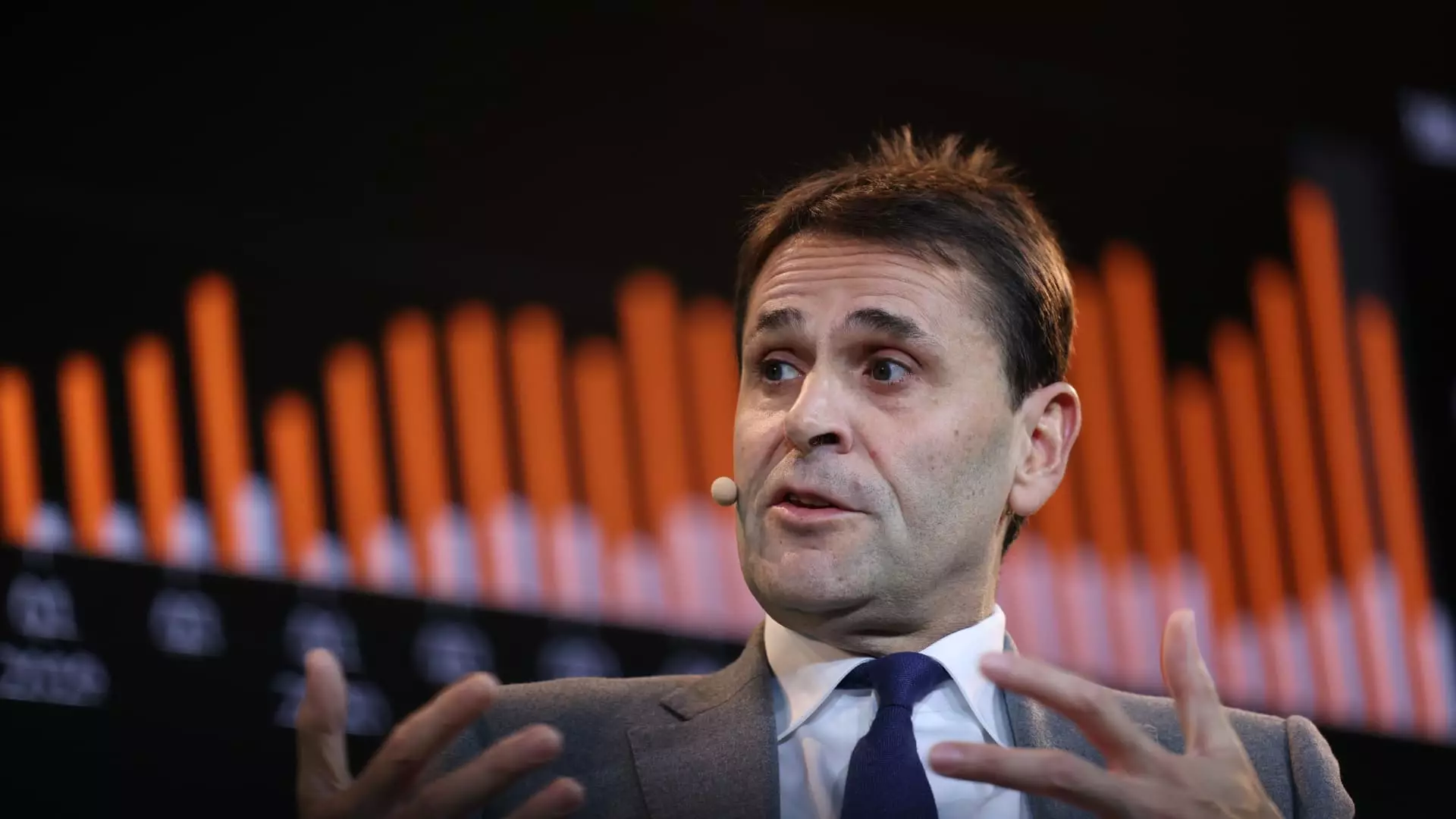In the fast-evolving landscape of artificial intelligence, the semiconductor industry is witnessing significant transformations that could redefine the future of AI applications. As traditional powerhouse companies face competition from nimble entrants, such as China’s DeepSeek, there is growing discourse around how these developments will affect the demand for advanced AI chips. ASML, a leading Dutch semiconductor equipment manufacturer, recently highlighted expectations for an increase in demand for AI-focused chips, even as new, lower-cost models emerge.
ASML’s CEO, Christophe Fouquet, provided insights during an interview with CNBC, explaining that the introduction of cost-effective models could broaden the applicability of AI technology. He postulated that a reduction in costs would not deter investment but stimulate further demand for chips dedicated to AI. This perspective coincides with a growing investment ethos among hyperscalers—organizations operating large-scale data centers—like Microsoft and Google, who are heavily investing in their infrastructure to support burgeoning AI applications.
The unveiling of DeepSeek’s R1 model, an open-source AI reasoning model, has stirred the tech community, reputed for its competitive performance at vastly reduced costs compared to existing models from established players like OpenAI. The implications of this innovation have had an immediate impact on stock markets and investment sentiments. Concerns surged regarding potential decreased spending on high-performance graphics processing units (GPUs), which are integral for training AI models.
In a stark illustration of market volatility, Nvidia witnessed a colossal loss of nearly $600 billion in market capitalization, setting a record for the largest one-day drop for any U.S. company. Other semiconductor stocks, including ASML, experienced significant declines, though some recovery was noted later in the week. This dramatic fallout underscores the delicate balance that companies must navigate between innovation and market stability.
Fouquet, however, conveyed an unshakeable confidence in ASML’s continued relevance, downplaying immediate concerns over DeepSeek’s entry into the market. He suggested that the tools for AI development will persist as companies explore new avenues for reducing both operational costs and energy consumption.
AI Demand and Investment Landscape
The evolving dynamics in AI chip demand bring both challenges and opportunities for industry stakeholders. As companies push for advancements in AI technology, they seek solutions that are not only cost-effective but also energy-efficient. According to Fouquet, the real potential for AI applications lies in their ability to pervade everyday devices—including personal computers and phones—thus augmenting market demand exponentially.
Such widespread adoption is contingent upon achieving lower costs for AI-related technologies. Notably, while recent developments surrounding DeepSeek have sparked fears of spending cutbacks on critical AMD and Nvidia components, ASML signals that the overall industry remains robust. They report a strong backlog in orders—around €36 billion ($37.4 billion)—indicating confidence amongst customers regarding future expenditures on advanced semiconductor manufacturers.
Despite the fluctuations in stock values and market perceptions triggered by DeepSeek’s developments, ASML has indicated a steadfast commitment to growth and innovation. The strong demand for high-precision equipment, particularly EUV (extreme ultraviolet) machines, which are vital for the production of cutting-edge microchips, remains unaffected in the short term.
The future for AI in various sectors—including hyperscalers, autonomous devices, and consumer technology—depends not just on the continued advances in hardware, but also on the collective push towards innovation that enhances practical applications. ASML and other semiconductor manufacturers will need to adapt their strategies to mitigate risks posed by agile challengers while capitalizing on the overwhelming demand for AI chips poised to increase as the innovation curve steers toward broader accessibility.
While the introduction of low-cost AI models like DeepSeek’s R1 may initially incite fear in established markets, both ASML and the broader semiconductor ecosystem appear poised for growth. Ultimately, the key to flourishing amidst this evolving landscape will lie in strategic adaptation, innovation, and an unwavering focus on cutting costs without compromising performance, thereby unlocking the full potential of artificial intelligence across various sectors.

